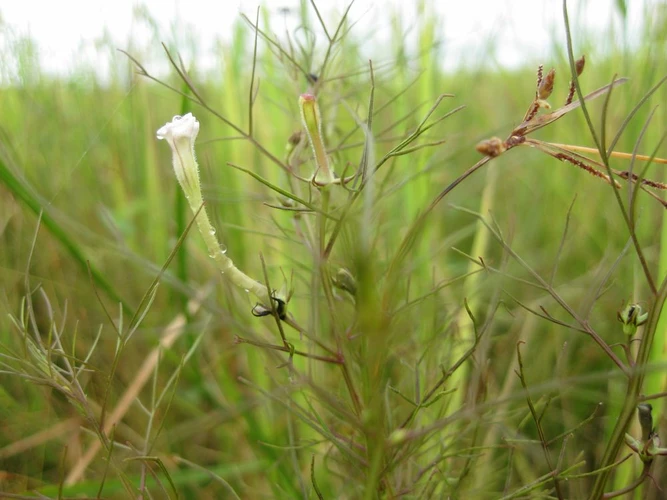Researchers Jonne Rodenburg and Lammert Bastiaans noted that R. fistulosa is found in at least 35 African countries, and 28 of them are home to rain fed lowland rice areas, an agricultural environment where the parasite can emerge as a serious problem.
The area infested by R. fistulosa was estimated to be 225,000 hectares.
The countries with the highest estimated rates of R. fistulosa infection were Gambia, Senegal, Burkina Faso, Togo, and, to a lesser extent, Mauritania, Guinea-Bissau, Benin, Malawi and Tanzania.
The weighted impact of the parasitic weed across Africa was 204,000 tons of rice grain losses, worth US$82 million.
Also, the most affected state in terms of production losses was Nigeria (80 thousand tons), in addition to Mali (21 thousand tons), Guinea and Tanzania (almost 20 thousand tons), and Madagascar (15 thousand tons).
Together with a projected increase in the area of infestation of two percent each year, the economic impact is expected to increase by US$12 million each year, the researchers warned.
jrr/jav/mem/abm










